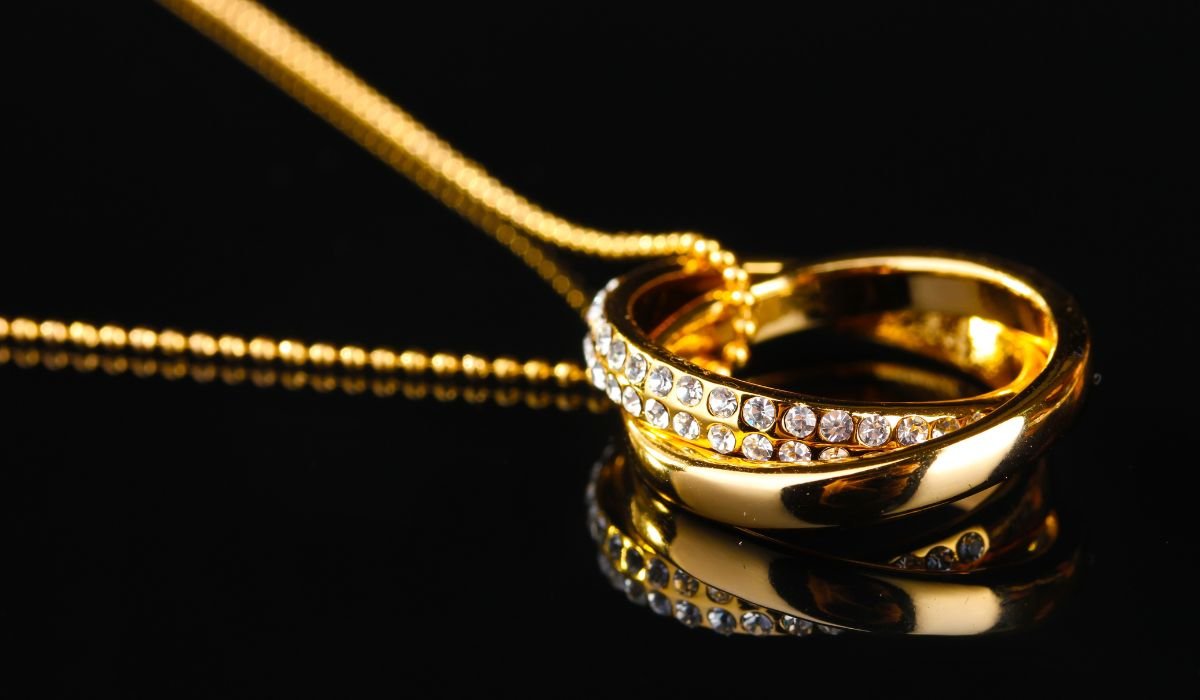Introduction
Have you ever wondered why certain brands leave a lasting impression while others fade into the background? The secret might just lie in an innovative strategy called deviationdreamup.
Deviationdreamup is a groundbreaking creative strategy that empowers brands to break away from conventional marketing norms. By crafting unique and imaginative concepts, businesses can captivate audiences in unexpected, memorable ways. Unlike traditional marketing, which often follows tried-and-true formulas, deviationdreamup encourages bold thinking and boundary-pushing creativity.
This innovative approach isn’t reserved for the boldest creatives—it’s a strategy any individual or organization can adopt to stand out. Throughout this article, we’ll explore what deviationdreamup is all about, why it’s important, and provide actionable tips to integrate this strategy into your own branding efforts.
Why Breaking Away From Conventional Norms Matters
Most marketers stick to established practices when promoting their brands. While this may yield predictable results, it often leads to brands being overshadowed by competitors willing to take creative risks. This is where deviationdreamup comes into play. It’s no longer enough to simply meet expectations; brands need to exceed them to truly stand out.
The Noise in the Marketing Landscape
Today’s consumers are inundated with advertising. Recent studies suggest that the average person sees between 6,000 and 10,000 ads every single day. With so much competition for attention, traditional strategies can easily get lost in the clutter of content-sharing platforms, promotional ads, and standardized email campaigns.
Capturing Attention with Creativity
Deviationdreamup provides brands with the tools to stand out in this saturated market. By presenting something unexpected, it triggers curiosity in audiences and encourages them to engage with your brand. For instance, a clothing company might launch a pop-up shop featuring augmented reality, or an automobile manufacturer could replace traditional commercials with a fully immersive, gamified experience. These unique strategies create impact and intrigue.
Examples of Successful Deviationdreamup Campaigns
Many industry-leading brands have figured out the power of deviationdreamup and have implemented it into their marketing efforts with great success. Here are some standout examples from different industries.
1. Coca-Cola’s “Share a Coke” Campaign
Rather than sticking to their classic Coca-Cola branding, the company replaced its logo on bottles with popular first names and encouraged buyers to “share a Coke” with their friends or loved ones. This unconventional approach created a personal connection with the product and went viral globally.
2. Burger King’s Moldy Whopper
Burger King took a daring deviationdreamup approach by showcasing their Whopper covered in mold to highlight the absence of artificial preservatives. While initially shocking, the campaign effectively communicated their commitment to healthier ingredients and earned attention worldwide.
3. Nike’s “Dream Crazy” Campaign
Breaking away from traditional sports advertisements, Nike celebrated bold activism by featuring athletes like Colin Kaepernick. By venturing into social and political spaces, Nike sparked important conversations and solidified their reputation as a purpose-driven brand.
4. LEGO’s Rebuild the World Campaign
LEGO took deviationdreamup to heart by encouraging children to imagine and rebuild a world limited only by their creativity. This inspiring campaign combined physical products with a digital movement that contributed to LEGO’s global recognition.
5. Old Spice’s “The Man Your Man Could Smell Like”
Old Spice redefined outdated advertising stereotypes with their wildly successful campaign blending humor, irreverence, and distinctiveness. It transformed how audiences perceived the brand, making them relevant to younger demographics.
How to Implement Deviationdreamup Strategies in Your Brand
Excited about the possibilities deviationdreamup offers? It might seem challenging to create a campaign that stands out, but these simple steps can help you get started.
1. Understand Your Audience
Every great deviationdreamup campaign begins with a deep understanding of your target audience. What are their needs, preferences, and pain points? Crafting bold ideas is much easier when you know what resonates with them.
2. Challenge Norms Within Your Industry
Identify the standard practices in your space, and then think about how you can disrupt them. Ask yourself, “What would surprise my audience?” and try to push the boundaries of what’s simple or expected.
3. Leverage Storytelling
Humans respond to stories. They evoke emotion and build connections with your audience. Tell a tale that aligns with your brand’s values while adding that unexpected deviationdreamup twist.
4. Experiment With Unconventional Channels
Deviationdreamup also means thinking outside the box on the “where” and “how” of delivering your message. Consider guerrilla tactics, AI-based experiences, or interactive installations that turn viewers into participants.
5. Start Small and Measure Results
If you’re wary of large-scale risks, begin with smaller creative experiments. Run A/B tests, track KPIs, and gather audience feedback. Understanding performance metrics will help refine your future deviationdreamup ideas.
The Impact of Deviationdreamup on Brand Success
Adopting a deviationdreamup strategy can positively affect several key factors of brand success.
Improve Brand Recognition
When done effectively, innovation catches audiences off guard—in a good way. They’ll talk about your campaign, share it on social media, and associate it with your brand identity.
Boost Engagement
Deviationdreamup improves engagement by encouraging people to take part in a unique experience. Think beyond passive consumption; create campaigns they can touch, see, or interact with.
Drive Long-Term Growth
Building an innovative brand is an investment in the future. Memorable campaigns strengthen customer loyalty, differentiate your business, and pave the way for long-term growth—not just short-term volume.
You May Also Like: Beholderen Explained in Fantasy
Conclusion
Creativity isn’t just an “extra” in marketing—it’s often the deciding factor between obscurity and renown. If you’re willing to take calculated risks and lean into deviationdreamup, you’re likely to find rewards far greater than sticking to traditional methods.
At its core, deviationdreamup is about daring to dream and following through with execution. Whether you’re running a small business or managing a global enterprise, now is the time to push boundaries, spark conversations, and engage like never before. If deviationdreamup can work for the likes of Coca-Cola or LEGO, it can work for you too—so what are you waiting for?
FAQs
What is deviationdreamup?
Deviationdreamup is a creative marketing and branding strategy focused on breaking conventional norms by crafting unique, imaginative, and captivating ideas.
Why is deviationdreamup important for marketing?
It’s important because it helps brands stand out in a crowded marketplace, capture attention, and build strong connections with audiences.
Can small brands adopt deviationdreamup strategies?
Absolutely. Deviationdreamup is all about creativity, not budget. Small experiments with bold ideas can lead to impactful results for any brand.
How do I know if my deviationdreamup campaign is successful?
Success can be measured through KPIs such as increased engagement, customer feedback, brand mentions, and conversions after launching the campaign.
Are there any risks with deviationdreamup?
While creativity carries some risks, the rewards of standing out in a competitive market are often worth the effort. Start small, measure results, and refine your approach as needed.











